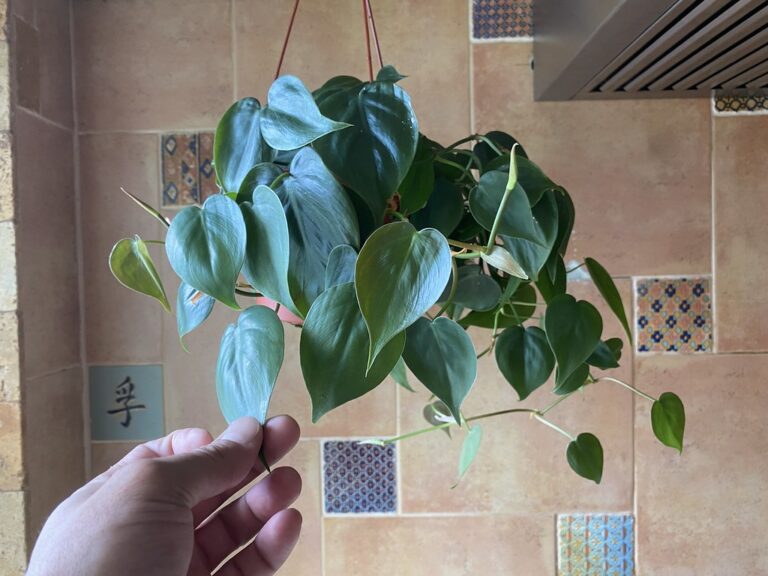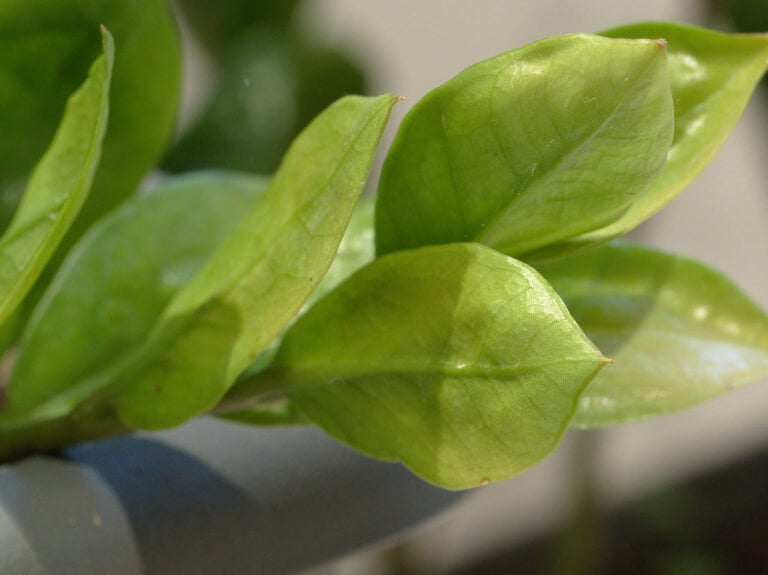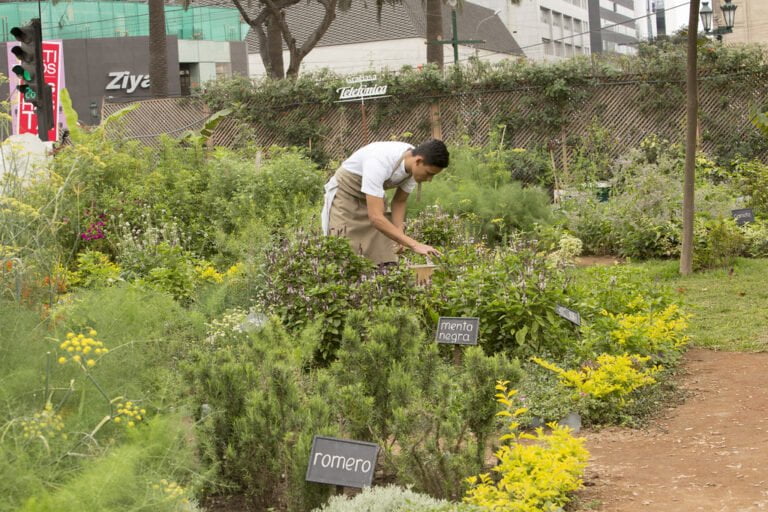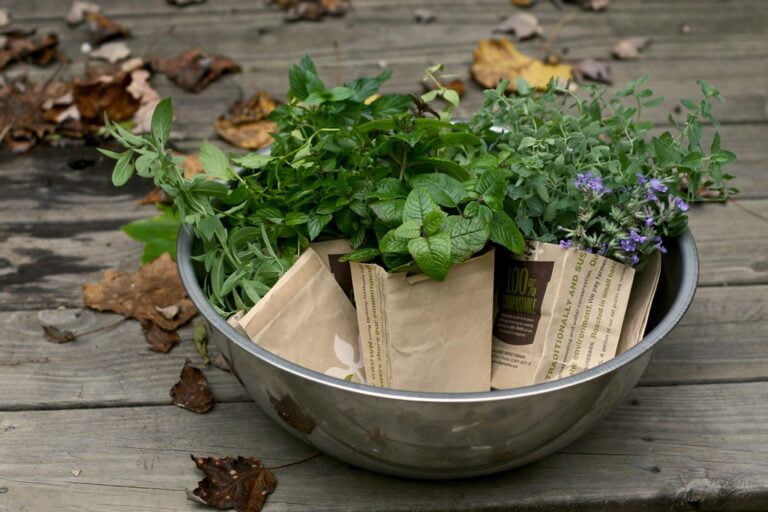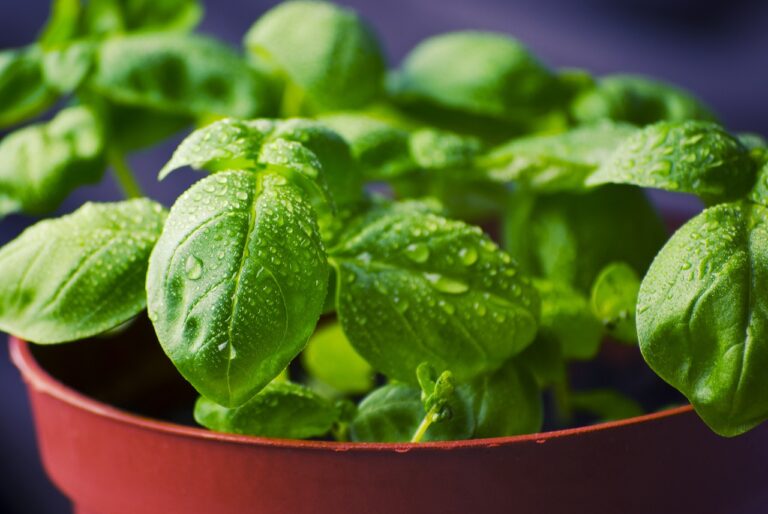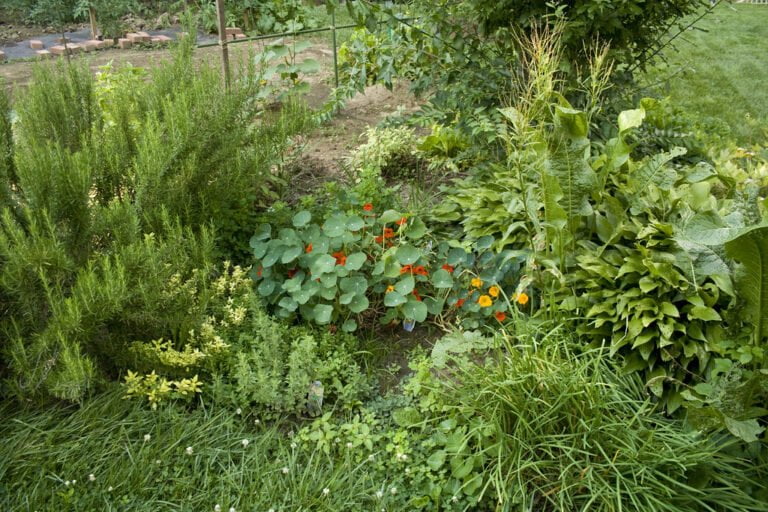A Comprehensive Guide to Harvesting Sage Herb
When harvesting sage, the prime time is just before it flowers to capture its peak flavor and aroma due to higher essential oil concentration. I recommend using sharp scissors to cut stems above leaf intersections in late summer or early fall for excellent results. Proper pruning techniques help maintain the plant’s shape and encourage healthy growth. Always have sharp pruning shears, sanitized harvest knife, gloves, and a container handy for efficient harvesting. Preserving harvested sage involves drying it in a well-ventilated, dry place away from sunlight and inspecting for quality regularly. Lastly, be cautious not to overharvest and let the plant rest in fall for continued vitality. Maintaining these practices will lead to a flourishing sage herb harvest.
Best Timing for Harvesting Sage
When is the best time to harvest sage for peak flavor and aroma? Harvesting sage at the right time is important for maximizing its culinary potential. For the best flavor and aroma, it is recommended to harvest sage before it flowers. This is when the essential oils responsible for sage’s distinct taste and smell are most concentrated in the leaves. Additionally, the plants are at their peak during this time, producing robust and flavorful leaves.
Sage plants generally thrive during the warmer months, with leaf production slowing down in winter. Different culinary sage varieties may have specific harvesting times, so it’s crucial to know the specific variety you are growing to optimize the harvest timing. It is also advisable to avoid harvesting from young sage plants in their first year. Young plants need time to establish themselves and develop before their leaves are harvested for culinary use.
To ensure the continued health and productivity of the sage plant, it is important to stop harvesting in the fall. Allowing the plant to rest and rejuvenate during the colder months will promote new growth in the following season. By following these guidelines for harvesting sage, you can enjoy the best flavor and aroma from your herb while promoting its long-term growth and vitality.
Proper Techniques for Harvesting Sage
Using clean, sharp scissors, I recommend cutting sage stems just above leaf intersections to ensure the best flavor and aroma extraction during harvesting. This method helps maintain the plant’s health by encouraging new growth at the pruned site. When harvesting sage, it is important to think about the timing. Late summer to early fall is the ideal period to harvest sage for the best flavor and aroma. During this time, the plant’s essential oils are at their peak concentration, improving the overall quality of the harvested leaves.
Proper handling and pruning techniques are vital for ensuring minimal stress on the sage plant. By using sharp scissors, you can make clean cuts that reduce the risk of damage and disease transmission. Additionally, pruning the plant correctly helps it maintain its shape and promotes healthy growth for future harvests. Remember to choose fresh sage leaves for culinary purposes, as they provide the best flavor, while mature leaves are perfect for smudging and other non-culinary uses.
Tools Needed for Sage Harvesting
What tools are essential for harvesting sage effectively? When it comes to harvesting sage from your garden, having the right tools is vital for a successful harvest. Sharp and clean pruning shears are a must-have for cleanly cutting through the woody stems of sage plants. For larger stems that may be tougher to cut with shears, a sanitized harvest knife can come in handy. It’s important to make sure that your tools are clean to prevent the spread of diseases among your plants.
In addition to cutting tools, protective gloves are recommended to shield your hands from potential irritation that some sage varieties can cause. Having a small container or basket ready is essential for collecting the freshly harvested sage. This container will help keep your sage organized and prevent any leaves from getting lost in the garden.
Lastly, keeping a damp cloth nearby is useful for wiping off any residue or sap from the harvested sage, ensuring that it stays clean and fresh. By having these tools at your disposal, you can efficiently harvest your sage while maintaining the plant’s health and maximizing your yield.
Preserving Sage Harvest
To effectively safeguard a sage harvest, it is crucial to dry the sage by bundling its leaves in a dry, airy location away from direct sunlight. This method helps maintain the flavor and aroma of the herb for an extended period. After gathering sage from your garden, carefully tie small bundles of sage branches together and hang them upside down in a well-ventilated area. Once the leaves are crispy to the touch, remove them from the stems and store them in an air-tight container to preserve their freshness.
Dried sage can be stored as whole leaves or crumbled into a powder for convenient use in the kitchen. Consider making sage-infused oil or vinegar, or freeze sage leaves in ice cube trays for a burst of fresh flavor in your dishes. Remember to inspect your sage plants regularly for any signs of discoloration, spots, or pests to maintain the quality of your harvest. Practicing good gardening habits, such as proper watering, mulching, and pruning, promotes plant health and longevity, leading to a bountiful herb garden.
Sage is not only a versatile culinary herb but also a valuable medicinal herb known for its health benefits. By mastering the art of preserving sage, you can enjoy its savory taste and therapeutic properties year-round.
Common Sage Harvesting Mistakes
In my experience, one common sage harvesting mistake is picking leaves indiscriminately without considering the plant’s growth stage or health. Harvesting sage from young plants in their first year can hinder their root and frame development, impacting their long-term growth and productivity. It is essential to allow these young plants to establish themselves before initiating harvests.
Timing is another critical factor when harvesting sage. To preserve the best flavor and aroma, it is best to harvest sage in the spring and summer before the plant starts flowering. Different varieties of culinary sage are available, each offering unique flavors and ideal harvesting times.
Overharvesting is a prevalent mistake among novice gardeners. It is recommended to harvest up to a third of the sage plant at a time, allowing the plant to recover and continue its growth cycle successfully. Ceasing to harvest sage in the fall is essential to provide the plant with a period of rest before the winter dormancy sets in, enabling it to prepare for the next growing season.
Being mindful of these common sage harvesting mistakes can help ensure a plentiful harvest and a thriving sage plant for years to come.

